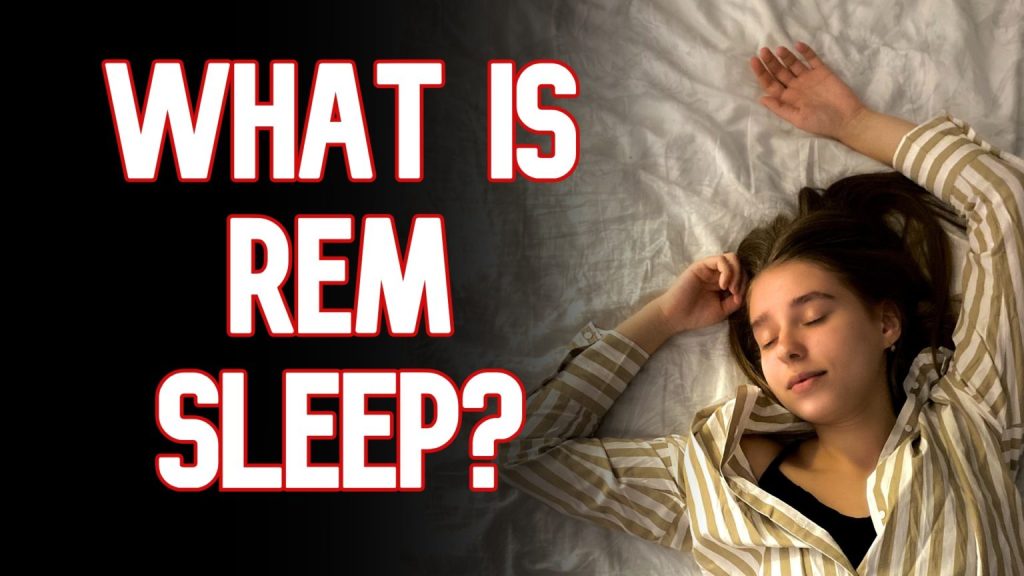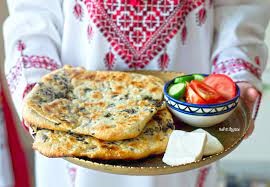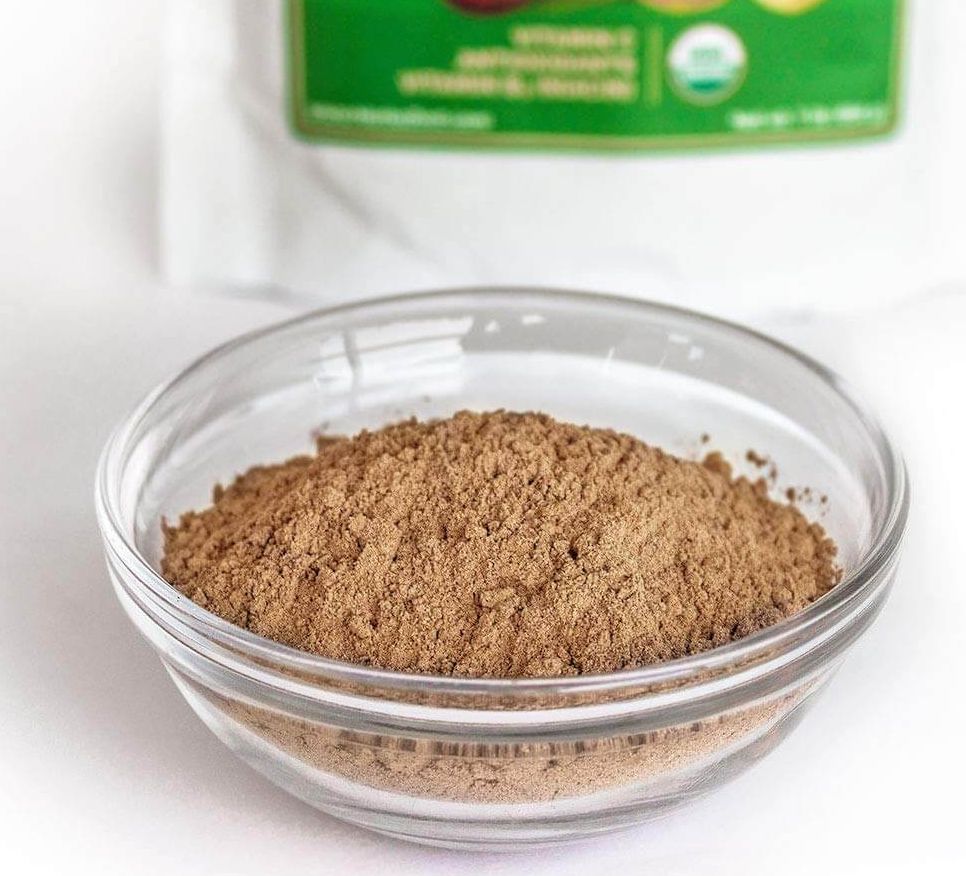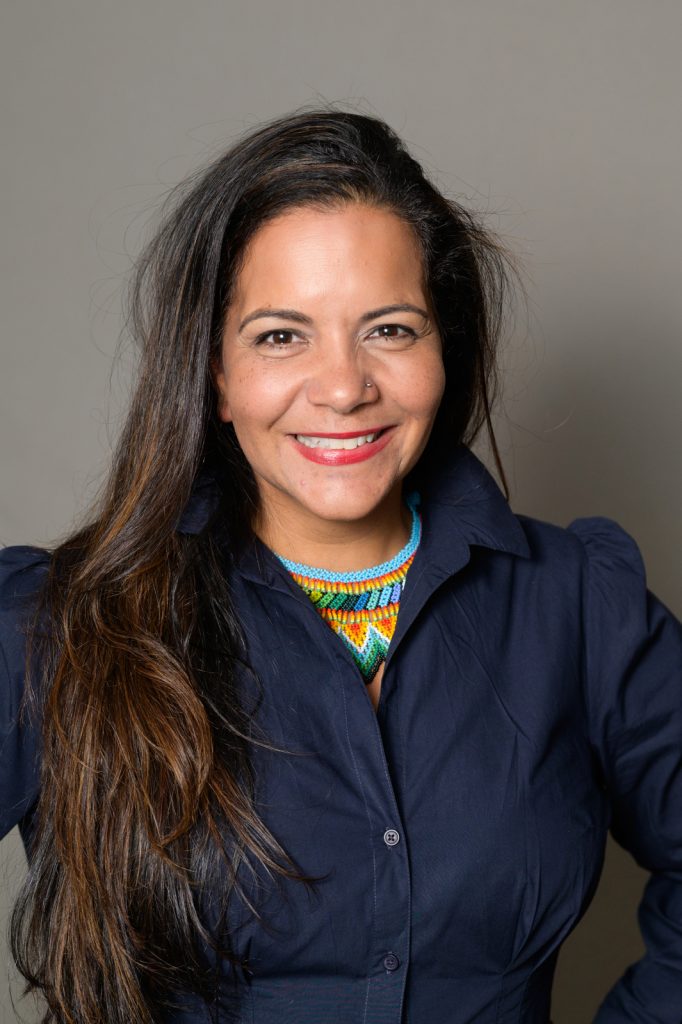Clarissa A. Kussin, ND, FMCHC, ERYT-500

As we journey through spring, it’s crucial to ensure our homes remain safe havens for our respiratory health. Many common household cleaners contain chemicals that provoke or worsen asthma or COPD symptoms, making cleaning uncomfortable and potentially dangerous. It is also important to consider our indoor air quality by using more eco-friendly products and lowering our risk of asbestos exposure which can be found in some houses, and in the long run, can affect the lungs developing. Today we’re focusing on sourcing lung-friendly household products to support your well-being.
1. Understanding Lung-Safe Products: Choosing the right household products can significantly impact respiratory health. Opting for lung-safe options reduces exposure to volatile organic compounds (VOCs), fragrances, and other irritants. Look for products labeled as “fragrance-free,” “non-toxic,” and “low VOC.”
2. Recommended Brands: We’ve curated a list of reputable brands known for their commitment to lung-safe products:
- Seventh Generation: Offers a range of cleaning and household products free from synthetic fragrances and dyes.
- ECOS: Known for eco-friendly laundry detergents, cleaners, and dish soaps that are gentle on both lungs and the environment.
- Branch Basics: Provides non-toxic cleaning concentrates that can be diluted for various household cleaning needs.
- Molly’s Suds: Specializes in natural laundry products, including detergents and dryer balls, perfect for sensitive respiratory systems.
- Better Life: Produces plant-derived, biodegradable cleaners free from harsh chemicals and fragrances.
3. DIY Lung-Safe Alternatives: For those who prefer a hands-on approach, crafting your own cleaners allows full control over ingredients. Simple, lung-safe recipes often include ingredients like baking soda, vinegar, castile soap, and essential oils (for those not sensitive to them). Check out reputable sources like the Environmental Working Group (EWG) for safe DIY recipes.
4. Resources for Lung-Safe Living: Stay informed and empowered with these valuable resources:
- American Lung Association: Offers tips and resources for maintaining lung health, including guidance on indoor air quality and lung-safe products.
- Environmental Working Group (EWG): Provides extensive databases and guides to help consumers identify lung-safe products and DIY alternatives.
- Healthy Building Network: Advocates for healthier building materials and offers resources to make informed choices about products used in construction and renovation.
- The Mesothelioma Center: Is a comprehensive resource for individuals and families affected by mesothelioma, a rare cancer caused by asbestos exposure. It provides information, support, and resources including treatment options, clinical trials, and legal assistance to help navigate the challenges of this disease. LINKS for further reading:
https://www.asbestos.com/mesothelioma/related-diseases/lung-safe-household-products/
https://www.asbestos.com/mesothelioma/malignant/epithelial/
Remember, small changes can make a big difference in supporting respiratory wellness and investing in your health is an investment in a brighter and more fulfilling future. Stay safe and breathe easy!
If you’re ready to experience the transformative benefits of health coaching, reach out to us today! Our team of experienced health coaches are here to guide you on your journey to optimal health. Call 919.999.0831 to get scheduled.
To your health and happiness!
Clarissa A. Kussin, ND, FMCHC, ERYT-500


























